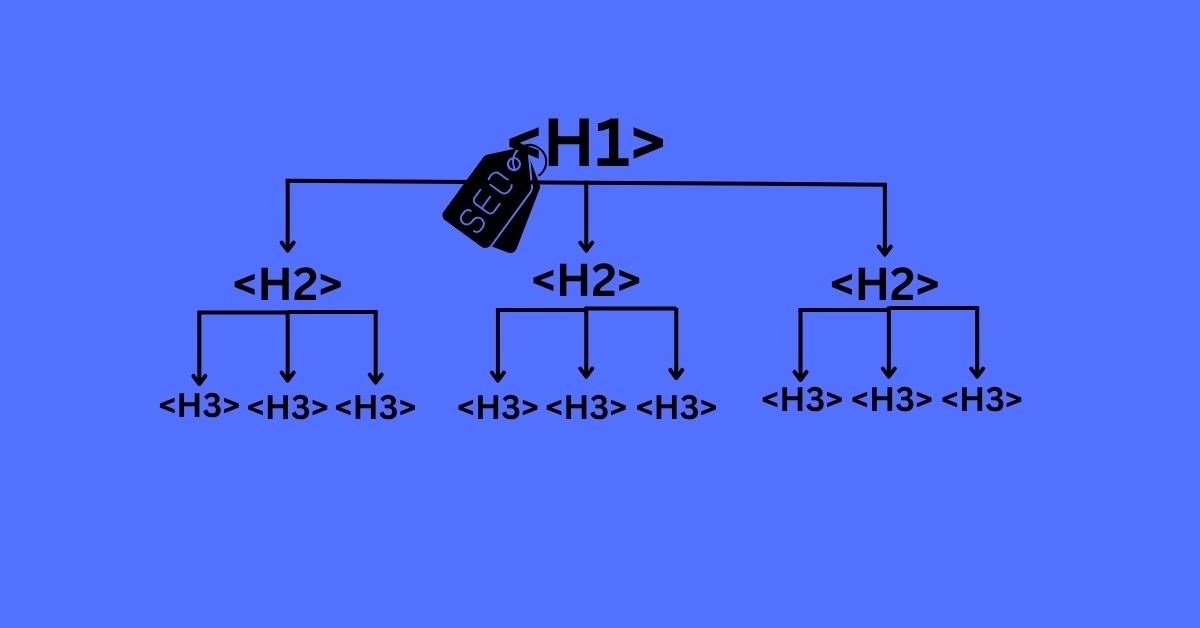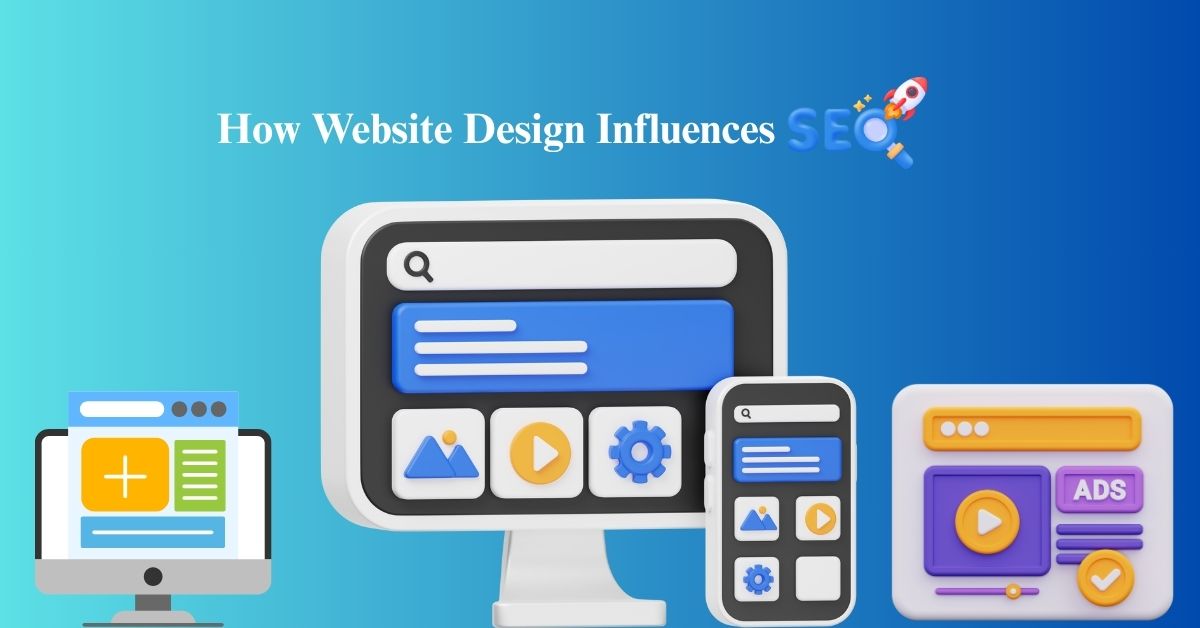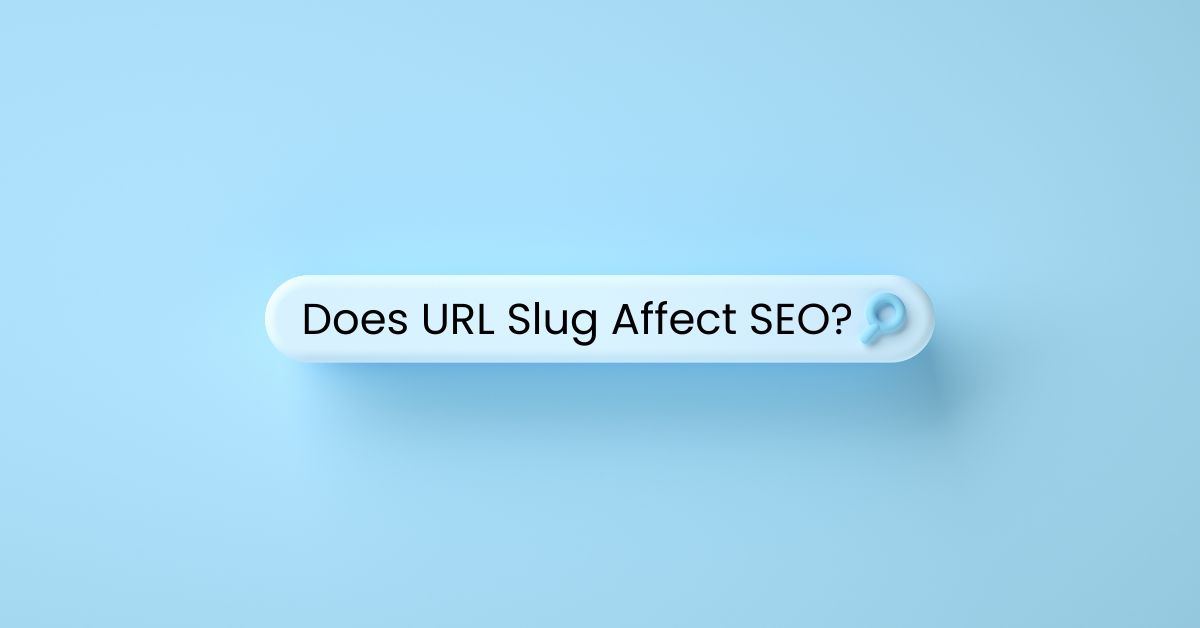
Times are changing.
Businesses are not just about developing websites anymore. To become relevant and stay that way, brands have to keep up with SEO to earn more website visits and generate revenue.
And with the disruption of AI, one can only expect things to change much faster.
The question is, how have you planned to take things forward?
If you’re one of the business owners or marketers searching for ways to generate more organic traffic, you must have come across “SEO-friendly websites.”
Before jumping into why you need to make your website SEO friendly, let’s dig a little deeper into what it’s about.
- Why To Make Your Website SEO Friendly?
- What is an SEO Friendly Website and Why do You Need One?
- Benefits of an SEO-Friendly Website
- Helps Fetch Organic Traffic
- Cost-effective in the Longer Run
- Enhances Your Reputation
- Improves the Customer Experience
- Brings Conversions
- Long-Term Investment
- Increases Brand Credibility
- How to make your Website SEO-Friendly
- Use a Responsive Design
- Incorporate Keywords Into Your Website Content
- Improve Header Tags
- Fine Tune Your Meta Descriptions
- Improve Readability
- Reduce Page Load Time
- Time to Get an SEO-Friendly Website
What is an SEO Friendly Website and Why Do You Need One?
Many times you hear the term “SEO friendly” or “SEO friendly website” but what does this really mean and why do you need one? How can an SEO friendly website help your business grow?
Keeping your website optimised may come much later than other priorities in business. Yes, SEO services in Auckland mean added costs, whether you hire an in-house team or partner with an agency.
What you may not know is that keeping it that way will make you miss out on so many opportunities.
Your competitors are doing it all — from establishing a dominating online presence to selling their products like hotcakes, they’re taking away your share of the market with great ease.
This is why you can’t afford to be left behind.
Benefits of an SEO-Friendly Website
How would you feel if someone searched for your products or services on Google but they didn’t find your website?
If your site does not appear anywhere on the SERPs (the page that a search engine returns when a user enters a search query), you’re likely to lose business.
Let’s go over the reasons why your website should be SEO friendly in detail:
A. Helps Fetch Organic Traffic
Your business thrives on organic traffic. When you focus on your website content while considering the techniques utilised by your competitors, you get closer to ranking at the top of Search page results (SERPs), which further boosts your chances of selling.
Your online audience is actively searching for your products/services. Naturally, they’ll click on links they notice first. Thus, a high position is a great source of organic traffic to your website (organic traffic is traffic from search engines.)
B. Cost-effective in the Longer Run
Many business owners turn to short and quick methods to get more traffic, i.e., paid advertising. While it’s true that sponsored ads can get you great traction, relying solely on them will most likely end up draining your marketing budget.
However, unlike paid advertising or other marketing tactics, search engine listings are free and easier to achieve if performed consistently and prudently. The only cost you incur on SEO is either from your in-house SEO team or Top SEO Services New Zealand.
A website built using SEO tactics can benefit you for years to come, attracting users, increasing clickthrough rates, and generating revenue on autopilot.
A simple idea for this is that when you stop paid ads, your website’s rank drops as quickly as it came. Using SEO ensures your rank doesn’t flutter much and remains constant over time.
C. Enhances Your Reputation
It shouldn’t come as a surprise to you that 95% of customers check reviews before purchasing anything. Since everyone is a conscious buyer these days, you don’t want your users to have second thoughts about your products.
This is why your website must make a good impression on its visitors with an SEO-friendly website. A signature aspect of such a website is that it looks appealing and has simple navigation that gives users all they want.
D. Improves the Customer Experience
When we talk about an SEO-friendly website, usually an SEO-friendly design also comes into the picture after content and technical SEO requirements.
It’s pretty simple — a website that was made to address its visitors’ concerns directly will resonate more with your users, thus improving their experience.
And when you put experience above anything, nothing can stop you from generating customer loyalty and repeat purchases.
Pro Tip: While you’d love your website to look like Picasso’s next masterpiece, too much animation or design elements can ruin your website’s SEO. The more complex the design, the slower your loading speed, which will frustrate your users and drive them to visit your competitors.
E. Brings Conversions
Retailers love getting more foot traffic to their stores, but at the end of the day, they want more sales. Similarly, if you’re getting more traffic, you’d need customers to take action and seal the deal.
Conversion Rate Optimization (CRO) is a key factor that makes for an SEO-friendly website design. CRO is the process of tweaking, testing, and improving your website and content in order to enhance conversions. It allows you to get more out of your online traffic.
F. Long-Term Investment
SEO is here to stay. So investing every penny will pay off as long as it’s done right. All you need is regular maintenance and monitoring to keep your place in search results. This also helps you gain visitors and expand your business.
G. Increases Brand Credibility
An SEO-friendly website ranks higher in search results, making it more discoverable to users. This increased visibility signals trustworthiness to audiences, enhancing brand credibility. Users are more likely to engage with and trust brands that appear prominently in search results, establishing a positive reputation.

How to make your Website SEO-Friendly
With an SEO friendly website, it’s easy for search engines to crawl and understand the structure of its content. Here’s an overview on how to make your website SEO-friendly.
A. Use a Responsive Design
Though it’s hard to track every time which devices your users are using to access your website, smartphones are used 64% more than desktops to search online.
Each device has a different screen size and resolution. For instance, if your website looks good on a computer but lacks a user-friendly design on mobile devices, it can lead to usability issues.
Responsive design adjusts your website to various device types and fits in with user searches. Users will be able to access the most appropriate version of your website, whether they are using a tablet or a laptop.
A responsive website design allows your website to adjust to the size of the device on which it is being viewed. This finally improves the user experience and allows them to navigate your website without difficulty.
B. Incorporate Keywords Into Your Website Content

Creating original and relevant content will make you stand out among a sea of websites. While everyone is creating the same, overused content, unique and relevant content can help you generate leads and increase visitor numbers.
Another reason why we’re emphasising content is that it plays a dominating role in boosting your domain authority (DA) over time. If your content follows the E.E.A.T guidelines, you’ve done 80% of the things right.
With that said, If you want more people to see your content, it’s important to focus on using the right keywords in your field, which includes the following:
- Finding these focused keywords requires extensive keyword research, allowing you to identify high and low competition terms in your domain.
- Long-tail keywords, for example, are often low-competition, highly focused keywords. They are usually three or more words long and quite particular, which helps in fetching more qualified leads. For example, “Blue Shoes for Men in Auckland” is a long-tail term that may help websites generate important traffic and qualified prospects.
- Once you’ve identified your keywords, it’s time to choose the best content format for your marketing goals. You can choose from a variety of options like infographics, movies, blogs, ebooks, and more. Once you’ve selected the formats, you can use keywords to write in a way that makes sense.
Make sure your content isn’t just instructional but is easy to understand; it should connect with the users. Adding keywords to your article in a natural way can help improve your search engine ranking.
C. Improve Header Tags
One of the overlooked parts for search engines is the use of header tags. Optimising your header tags can help you make your website more SEO-friendly.
A header tag should be used for headers that describe the start of a certain section of text. This subheading, for example, is an H3 tag, but the headline of this page is an H1 tag.
When optimising your headers, you must naturally put the most relevant keywords into them. For example, the core keyword should be included in the headline of your content.
By ensuring proper inclusion of Header tags, you enable search engine crawlers to understand the context of your content and index the page properly.
Pro Tip: In smaller headers like H2 or H5, you can utilise secondary, LSI, or even long-tail keywords. This will assist crawlers in determining how deep your material delves into the core topic and how diverse it is.
D. Fine Tune Your Meta Descriptions

The title of the result pages is the first thing you see when you enter a search query into Google.
What you see beneath it is a brief explanation of the topic’s essential material, providing you a preview of what the content on the webpage contains. This little preview is your website’s meta description.
Let’s look at an example. The top-ranking result for the search query “how to make a DIY jewellery box” has the meta description “Ever owned a custom jewellery box? In this guide, we’ll tell you how to make a DIY jewellery box from scratch. Grab your stationery & let’s get started!”
This meta description is precise and informs users exactly what the webpage contains. Before even clicking on the link, the user is aware that the page would provide a step-by-step guide to making a jewellery box.
A meta description in Google SERPs has a maximum restriction of 155 characters. You must write a meta description that is less than 150 characters long, otherwise the content beyond the limit will be replaced by three dots. This will truncate your information that would’ve been useful to the readers.
E. Improve Readability

Since there’s so much that goes into building an SEO-friendly design with an in-house team or using SEO services in Auckland, it’s easy to forget about the content itself.
Even if you have a top-notch website, having stale, uninspiring content will not offer you any benefit. While the design is responsible for creating an aesthetic impression, the content connects with the users directly.
This is the more personal aspect of developing an SEO-friendly website. Google constantly favors websites that meet and satisfy their visitors’ needs. This, once again, affects the whole user experience and has a huge influence on the SEO-friendliness of your website.
Here are some tips to improve readability:
F. Reduce Page Load Time
Ensure that you are working on and maintaining every possible technique to improve your website’s loading speed. A thorough SEO audit may assist you in identifying all of the components you need to concentrate on to guarantee your page load time is as short as feasible.
Users typically wait 5-6 seconds for a page to load. If it takes any longer, they will most likely shut the tab and seek another choice. Page load speed optimization is critical for lowering bounce rates and considerably improving a website’s SEO friendliness.
Time to Get an SEO-Friendly Website
Now that you’re at the end of this guide and know pretty much everything about an SEO-friendly website, it’s time you get one too.
Luckily, you can hire a leading New Zealand SEO services company to take care of your website while you focus on your business.
At The Tech Tales, we’ve got a team of SEO experts & Content strategists to help you achieve an SEO-friendly website.
Come hell or high water, we bring our A-game to your website with our SEO services in Auckland, improving its rank and grabbing the traffic that you’ve always wanted.
Contact us for expert assistance on SEO-friendly websites and everything surrounding them!





